The Commercial Vehicle Safety Alliance (CVSA) is a non-profit organisation that is made up of law enforcement, commercial vehicle safety inspectors, and industry members who all work together to improve and standardise the safety standards for the trucking industry. In brief, the CVSA regulates commercial vehicle enforcement officers.
One of the CVSA’s publications is the out-of-service criteria. This publication sets the minimum safety standards for trucks and other commercial vehicles in North America. Violations of the out-of-service criteria result in the vehicle, driver, and/or cargo being placed out-of-service until the problem is fixed.
The out-of-service criteria reference the FMCSRs, which stands for the Federal Motor Carrier Safety Regulations, the rules set at the federal level of the USA which set the standards for safe truck and bus transport. As you can imagine, the out-of-service criteria are mostly based upon American safety regulations, but they still apply in Canada.
Now, how do you get a copy of the out-of-service criteria?
You can access the out-of-service criteria in print from the CVSA website or you can download their app which contains the same information plus some extra resources like videos. Unfortunately, you must pay for the document and app, so the information cannot be accessed for free.
If you have a specific question about any of the rules related to the CVSA or commercial vehicle safety, I recommend you call a scale in the area you have questions about and ask a commercial vehicle safety enforcement officer. I have always found these individuals to be helpful and far more interested in education than in handing out tickets.
Canada’s NSC Standard 13
Canadian commercial vehicle enforcement officers in the different provinces all follow the standards set forward by the CVSA’s out-of-service criteria in addition to the specific rules in their province. They are members of the CVSA which means they can enforce the out-of-service criteria, but they also enforce the provincial traffic safety rules in the provinces which are based upon Canada’s National Safety Code (NSC) standards.
The NSC Standards in Canada are a set of standards overseen and maintained by the Canadian Council of Motor Transport Administrators (CCMTA), and each province has mostly adopted the Standards by using them to create their trucking safety laws.
The Standard I will talk about here is NSC Standard 13, the Daily Vehicle Trip Inspection Standard. This document outlines the general requirements for a driver’s daily vehicle inspection. There are specific lists of inspection items called Schedules that pertain to specific vehicle types. For example, NSC Standard 13 Schedule 1 refers to the inspection items for trucks and tractor-trailers.
Commercial drivers in Canada operating vehicles over provincial borders with gross weights over 4,500 kg must carry the appropriate Schedule in their vehicle and inspect the items on their vehicle listed in that Schedule daily. However, the Schedules do more than list inspection items: they also describe what defects are considered minor and what are major.
The important thing to remember about major and minor defects is this: you may never drive a commercial vehicle that has a major defect! Major defects need to be fixed before you go anywhere in that vehicle.
So if you are trucking anywhere in Canada, not only do you have to abide by the CVSA’s out-of-service criteria, you must also:
- Carry the appropriate NSC 13 Schedule in your vehicle;
- Inspect your vehicle daily in accordance with this right Schedule, and;
- Not drive the vehicle if you find a major defect.
This may sound confusing, but if you take the time to read the out-of-service criteria and also the correct NSC 13 Schedule for the commercial vehicle you operate, you will be much better at performing your vehicle inspections.
CVSA and NSC: You Have to Follow Both
As a professional driver, you must follow the rules in the CVSA’s out-of-service criteria and also the rules in NSC Standard 13. This means that if something is a major defect in the NSC 13 Schedule for your vehicle but not an out-of-service item, you must still stop and get it repaired before continuing on with your trip.
A Canadian commercial vehicle safety officer can stop you for any major defect according to NSC Standard 13 even if it is not an out-of-service item. If they do, you are not going anywhere until the problem is fixed, and your driving record and the company safety profile will show the violation.
Here is an example of this for a tractor-trailer:
A tractor-trailer with drum brakes that has 5 axles has 10 required brakes. According to the CVSA’s out-of-service criteria, at least 2 of these drum brake pushrods must be measuring ¼” over their adjustment limit before the vehicle can be placed out-of-service for brake-adjustment-related defects.
However, according to NSC Standard 13 Schedule 1, which applies to tractor-trailers, a single drum brake pushrod measuring over its adjustment limit is a major defect.
Therefore, a tractor-trailer in Canada with a single brake out of adjustment must not travel until that brake is repaired even though it has not met the CVSA’s out-of-service 20% rule.
This is why it is important to learn the different rules that apply to you as a professional driver. Few people understand them all, but brushing up on the basics from time to time and knowing where to go for answers will take your professionalism to a higher level.
And remember, all defects will negatively impact your and your company’s safety records, even the minor ones.
Wrap-Up
I hope you enjoyed this article that dug into some of the safety rules that apply to commercial drivers. There is no point in sugarcoating it: trucking is demanding work, and professional drivers and company safety officials are expected to know a lot of regulations.
The good news is that there has never been a better time to access information. Safety enforcement officers enforce rules that you have access to as well, and if you decide to treat your trucking job like a true professional, this industry will open as many doors for you as you want.














Comments are closed